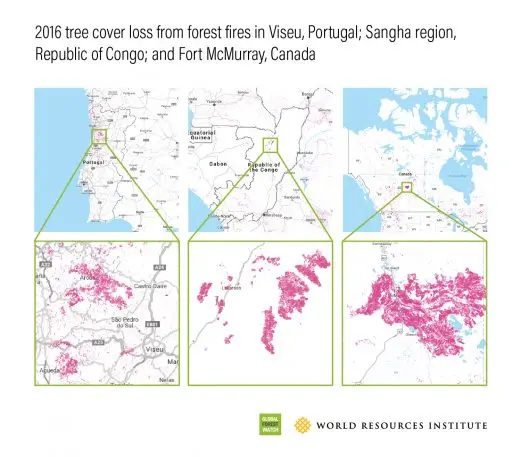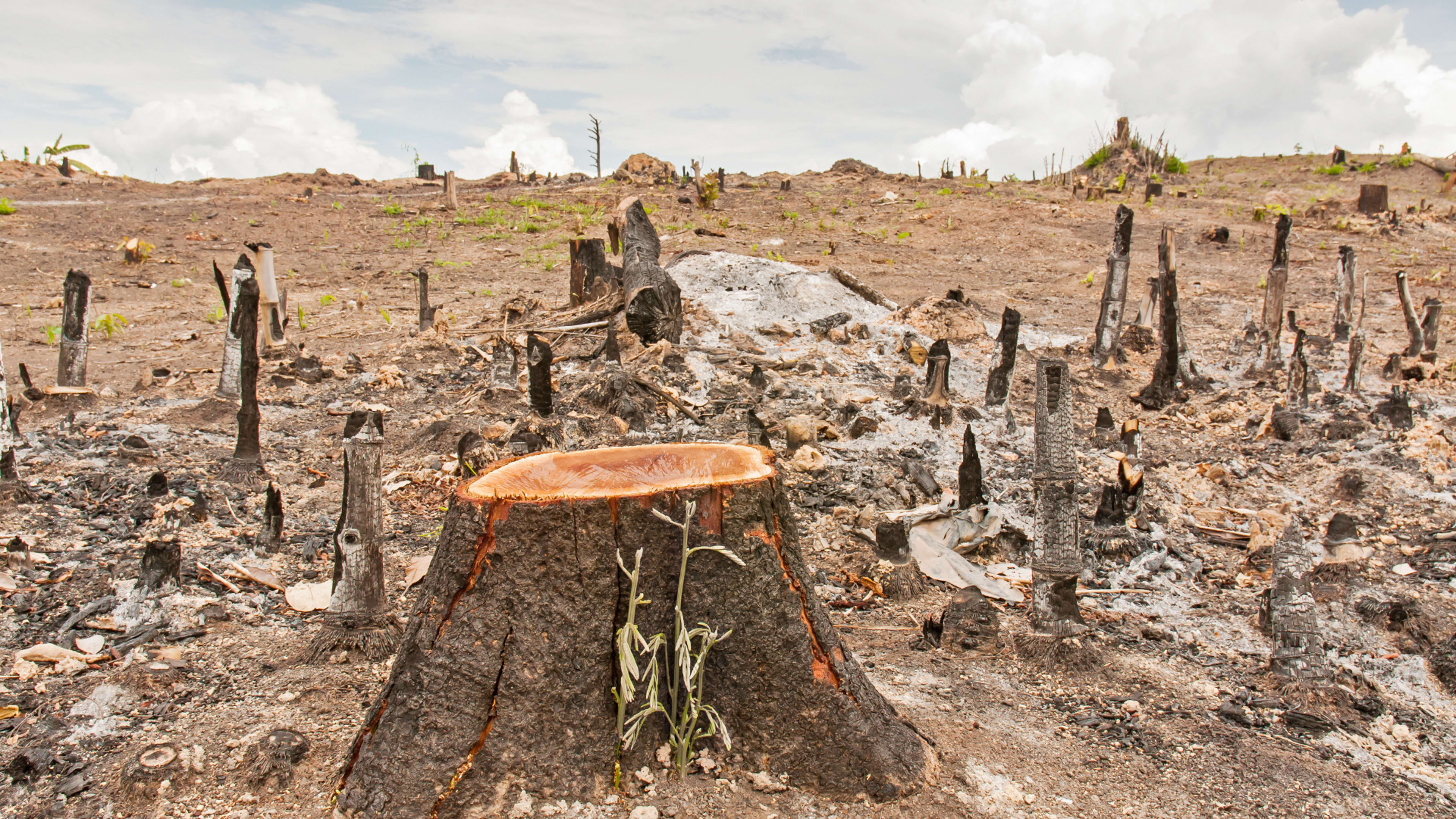The Amazon rainforest doesn’t usually catch on fire. But when 9.1 million acres burned in Brazil in 2016, it helped the world break a new record. Last year, more tree cover was lost globally than in any other year, covering an area roughly the size of New Zealand.
Applying machine learning to hundreds of thousands of satellite images, researchers at the University of Maryland calculated that 73.4 million acres of tree cover were lost in 2016, 51% more than the previous year.
While some of that came from deforestation–logging and clear-cutting for farming and mining–fire also played a large role. Hundreds of wildfires destroyed 4% of the total tree cover in Portugal. In Canada’s Fort McMurray fire, 1.5 million acres burned. Rainforests in Indonesia, the Republic of Congo, and Brazil all burned, as well.

In 2016, drought and high temperatures made rainforests more susceptible to catching fire from human fires set nearby; both logging and fires also thin out forests, making future fires more likely. “Areas that have been burned are more likely to burn again now that they’ve been thinned out,” Weisse says. “There’s more sunlight hitting the forest floor, so that kind of causes a chain reaction or a positive feedback loop.”
It’s a problem likely to continue to get worse as heat and droughts from climate change start fires in areas usually immune from burning, and making them more common where they already occur. And the fires, in a horrible cycle, also worsen climate change. In Indonesia, emissions from wildfires in 2015 surpassed emissions from the entire U.S. economy on a day-to-day basis while they burned.
Reducing deforestation can help reduce the risk of fire, researchers say, as can banning human fires at the driest, riskiest times (both Brazil and Indonesia have policies to limit slash-and-burn practices, but it’s unclear how well they’re enforced). Sensors that catch wildfires early–when they’re somewhat easier to control–can also help.
Recognize your brand’s excellence by applying to this year’s Brands That Matter Awards before the early-rate deadline, May 3.
